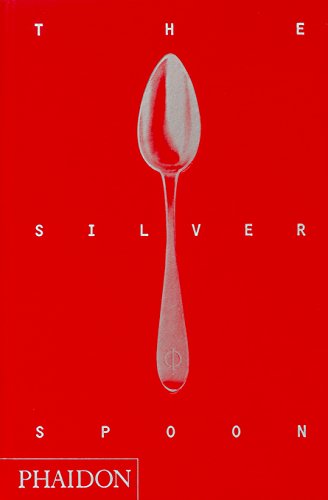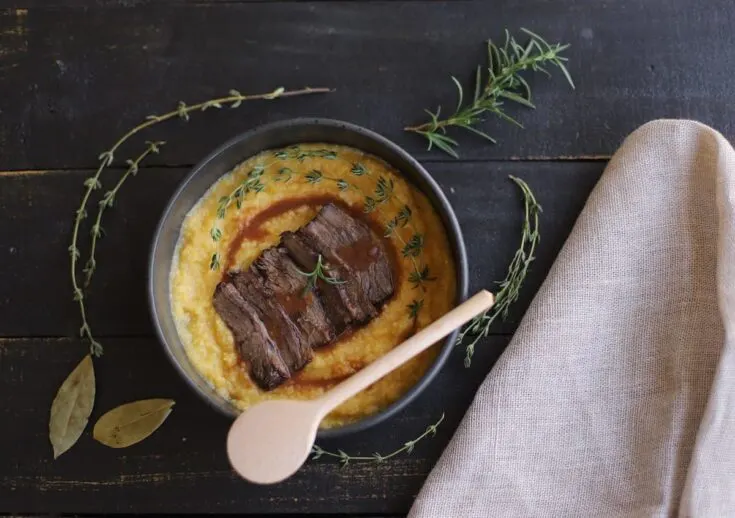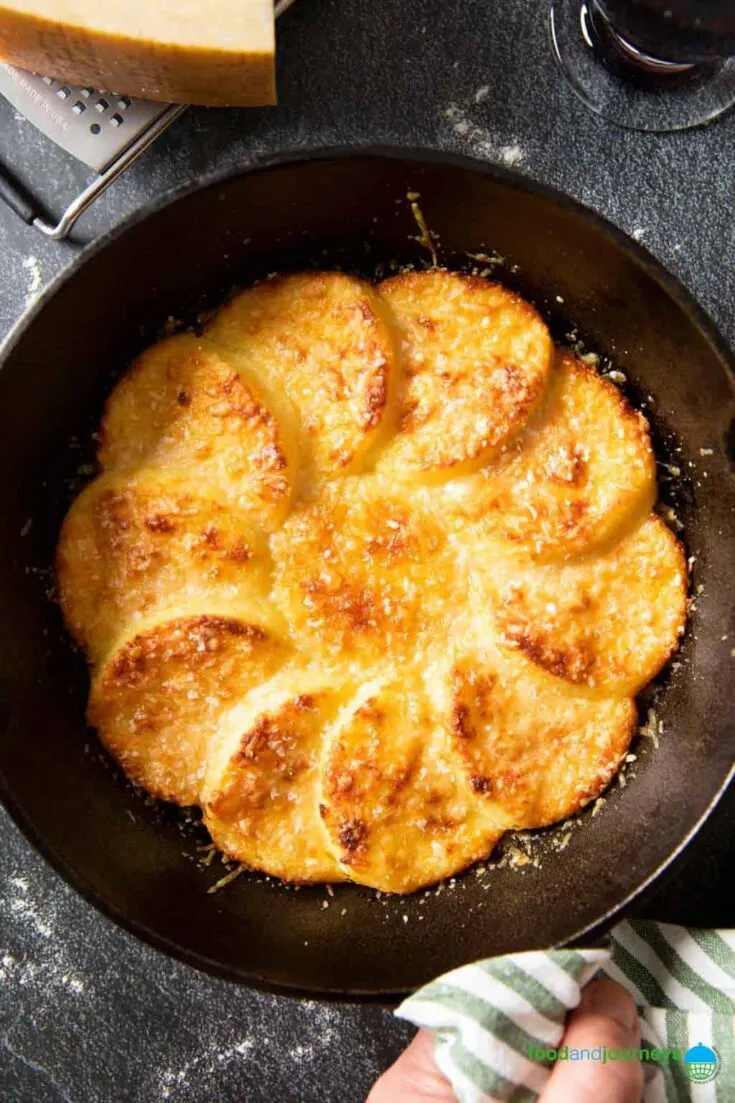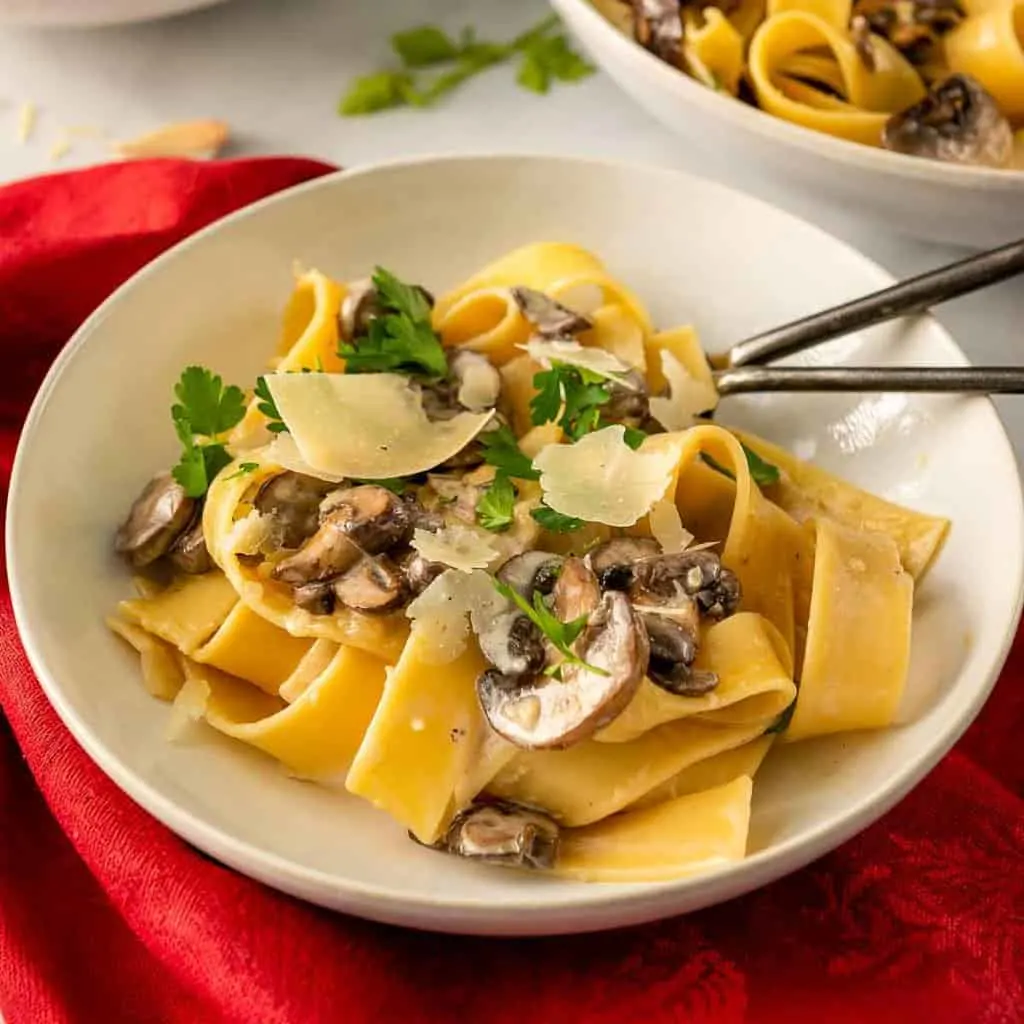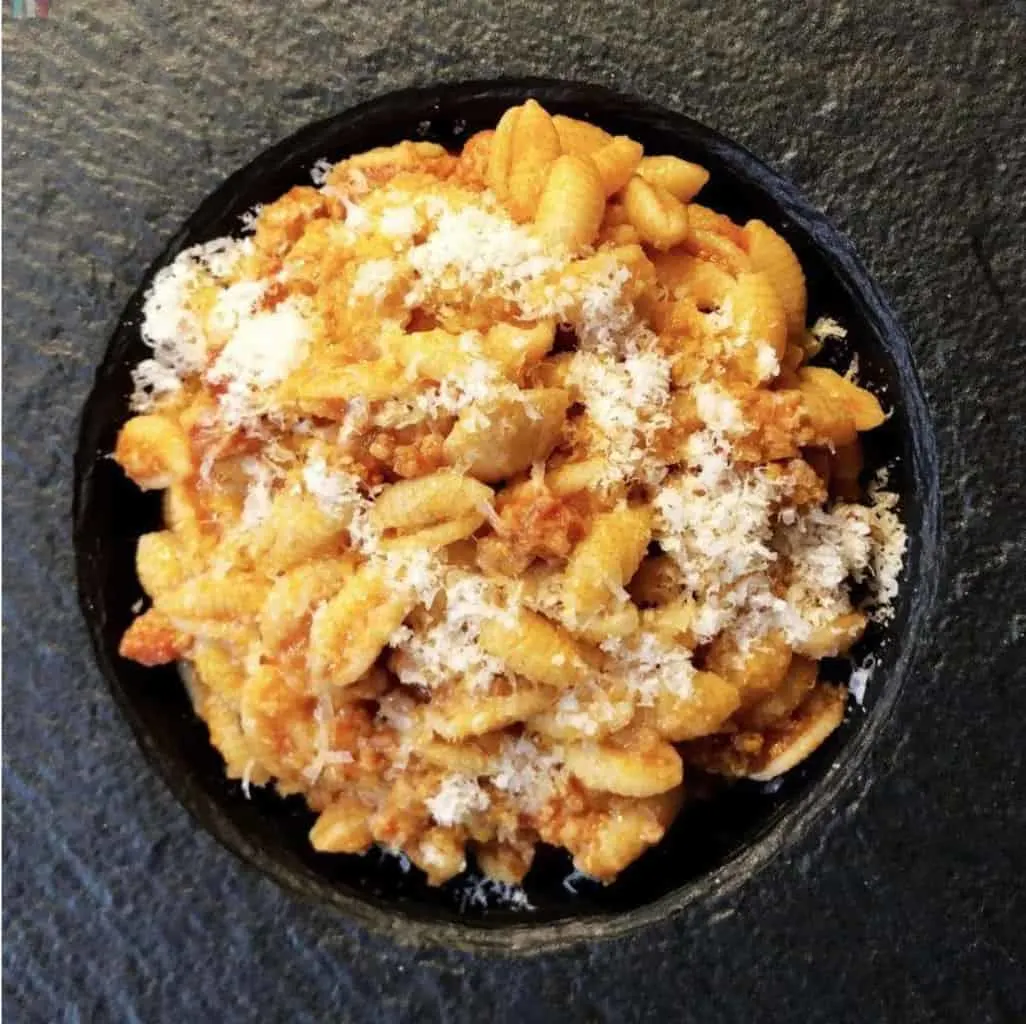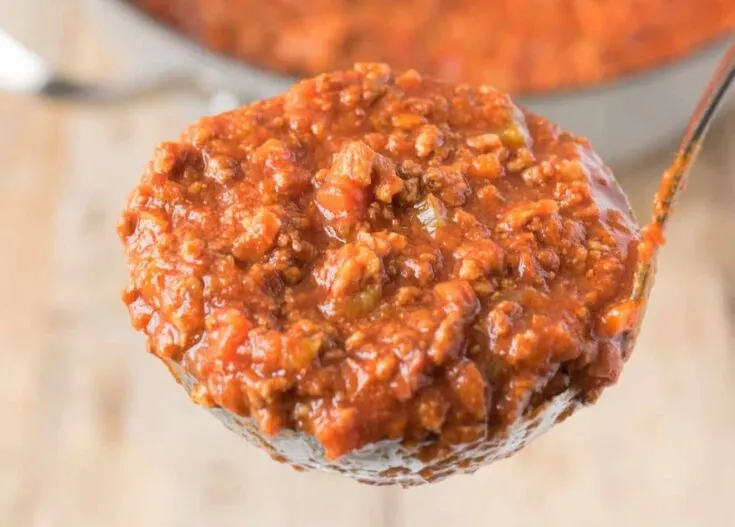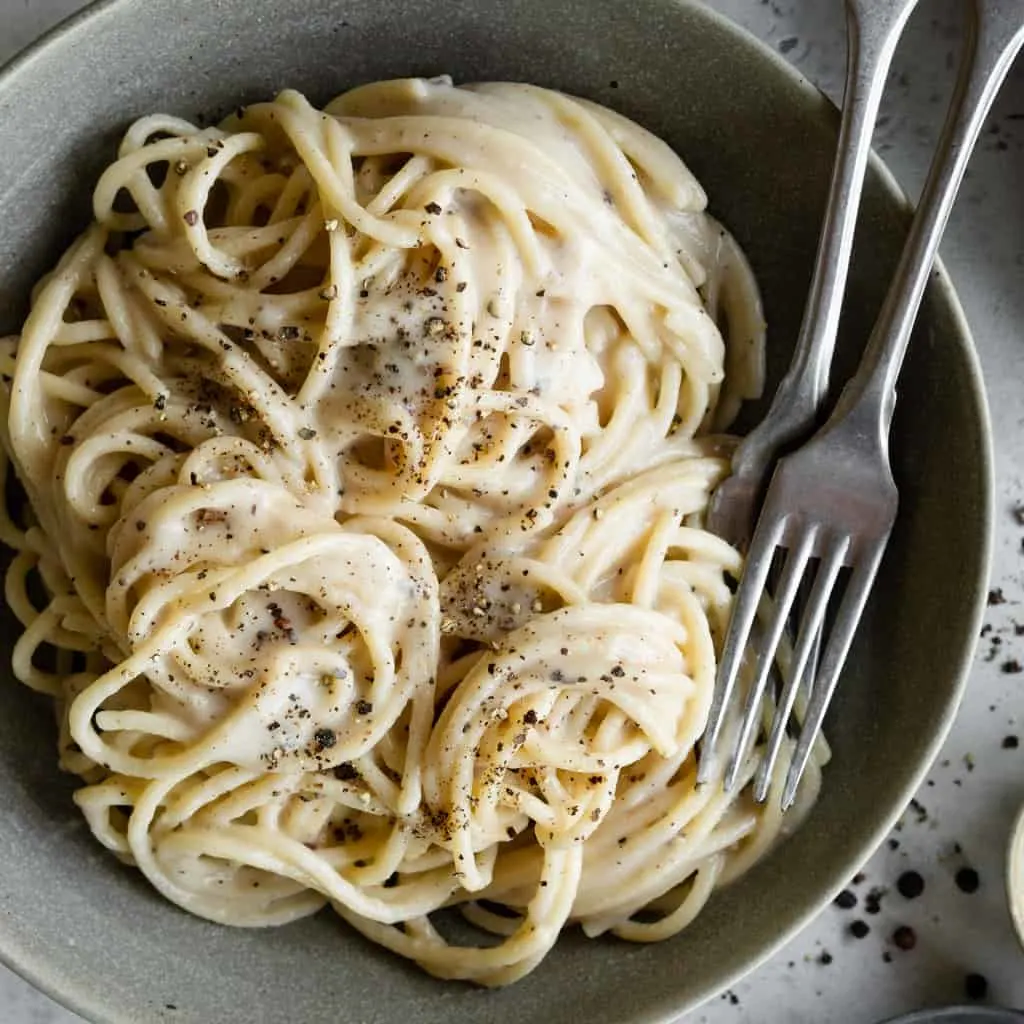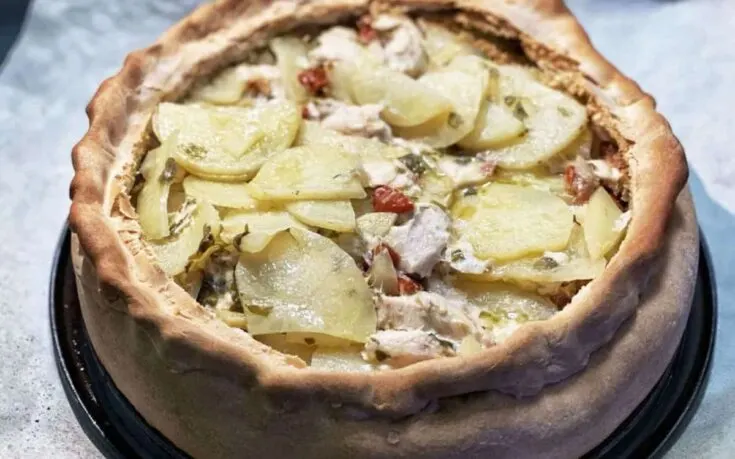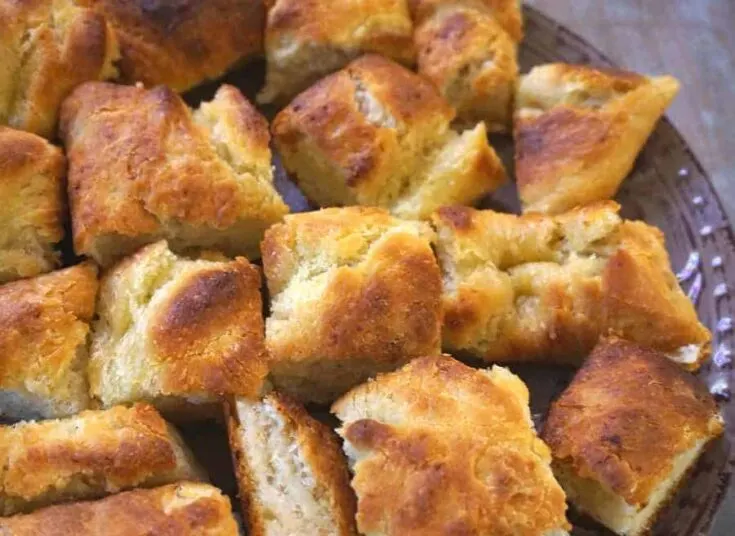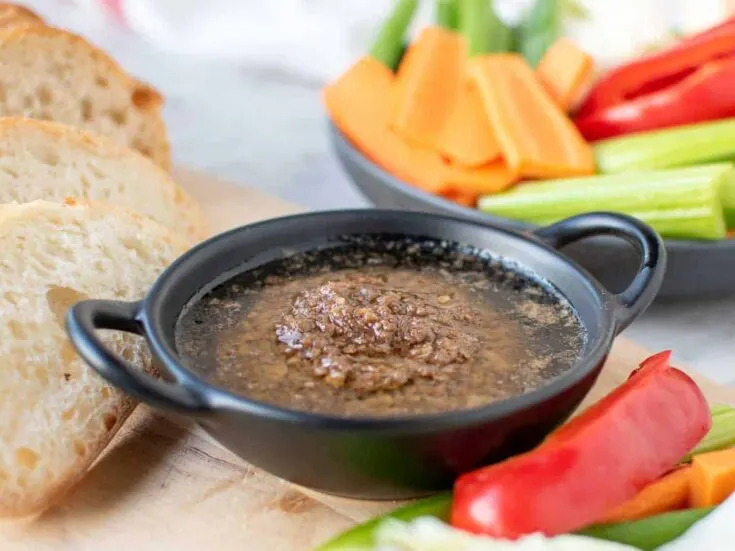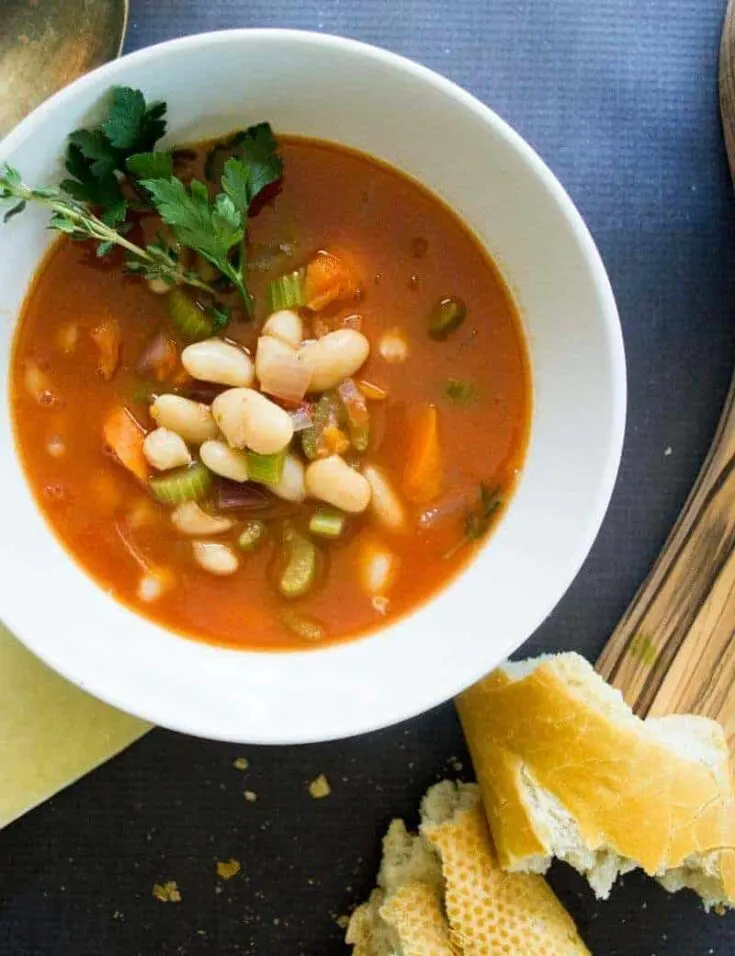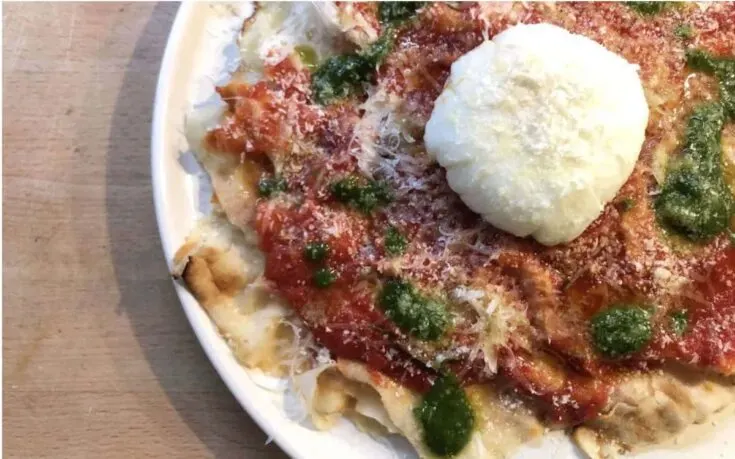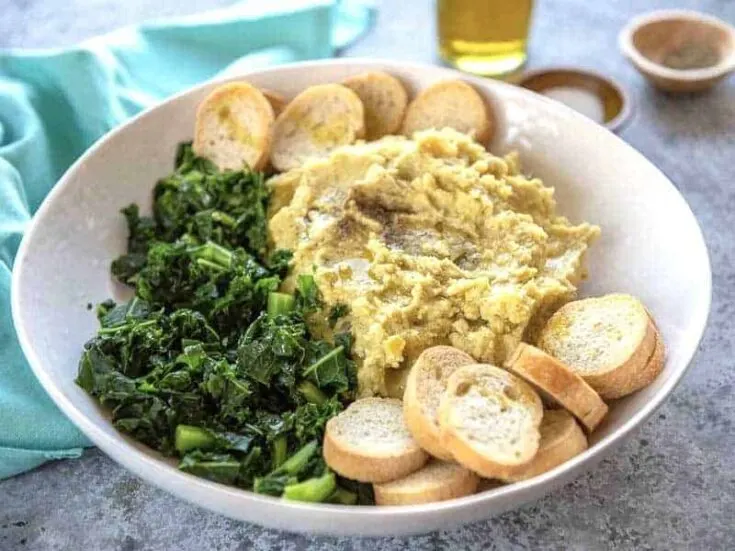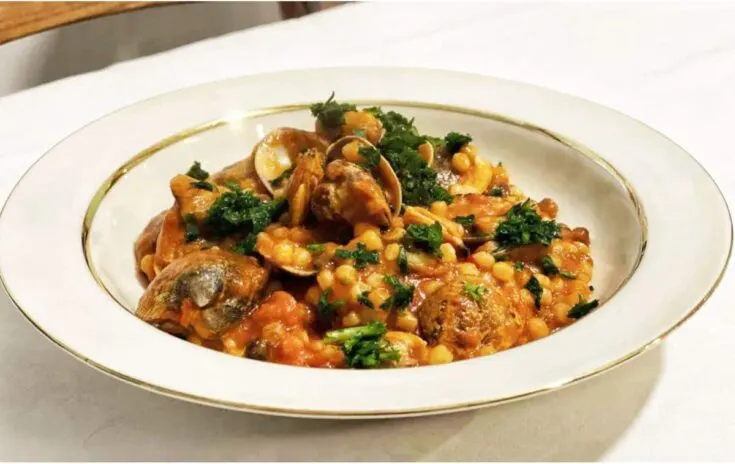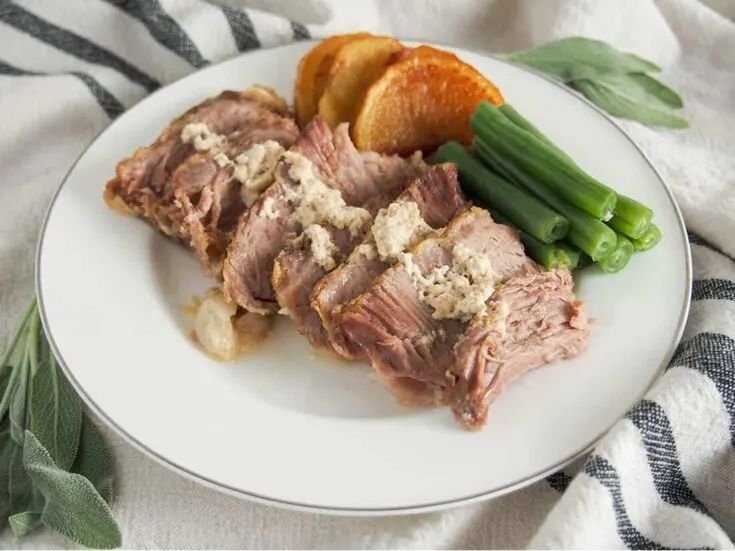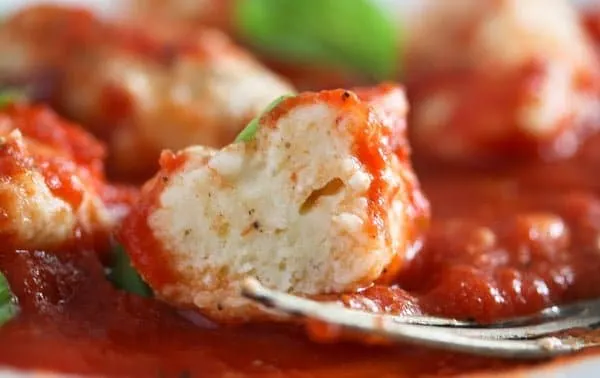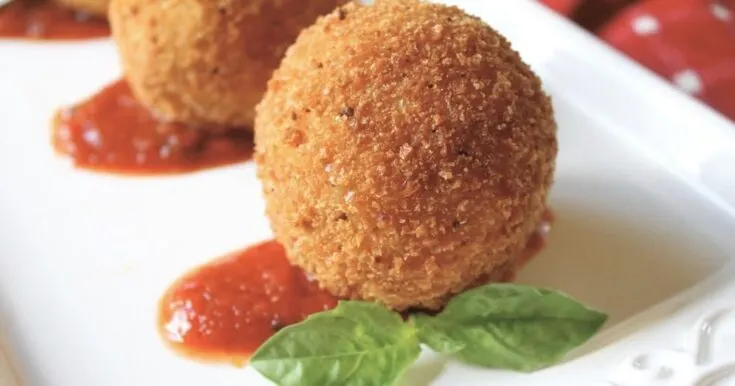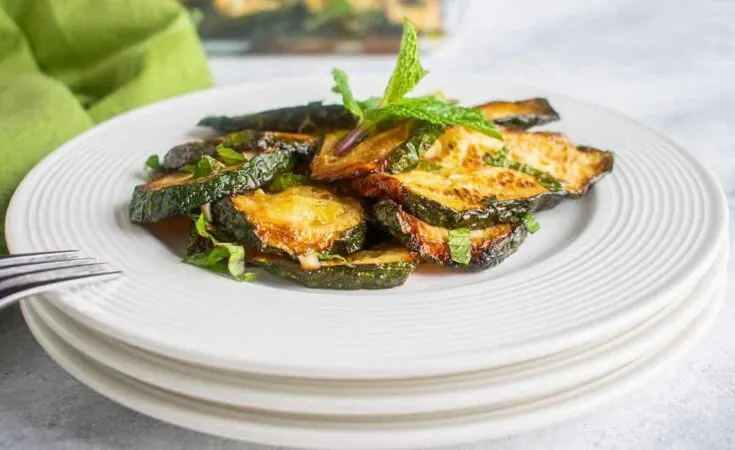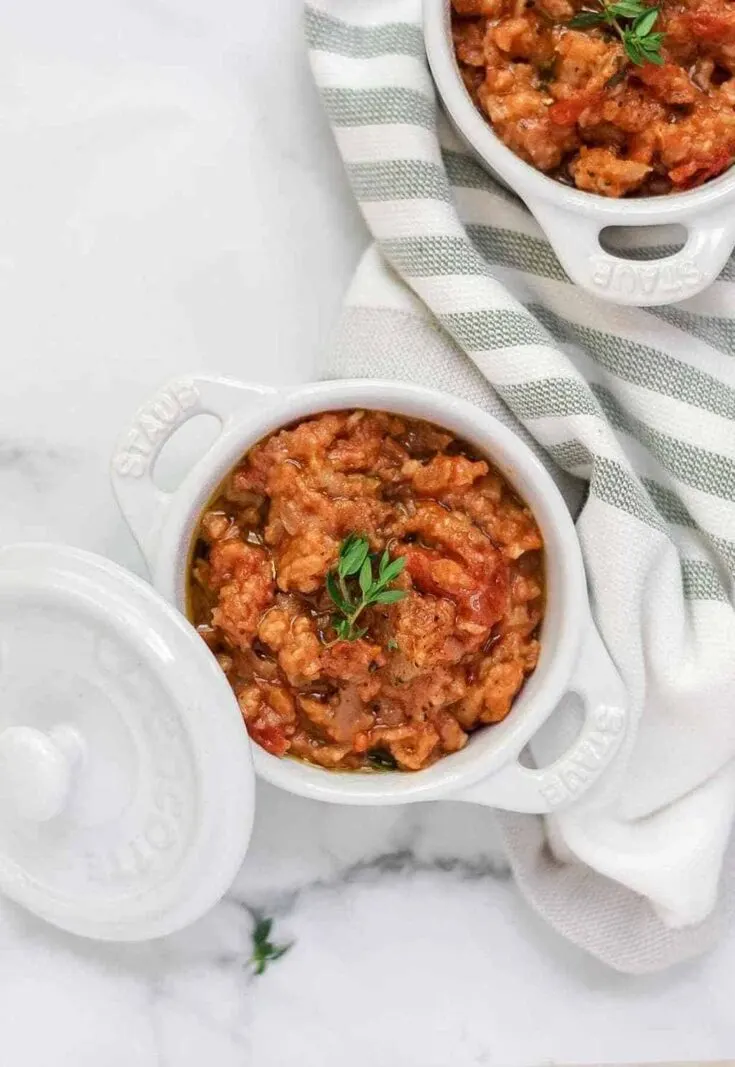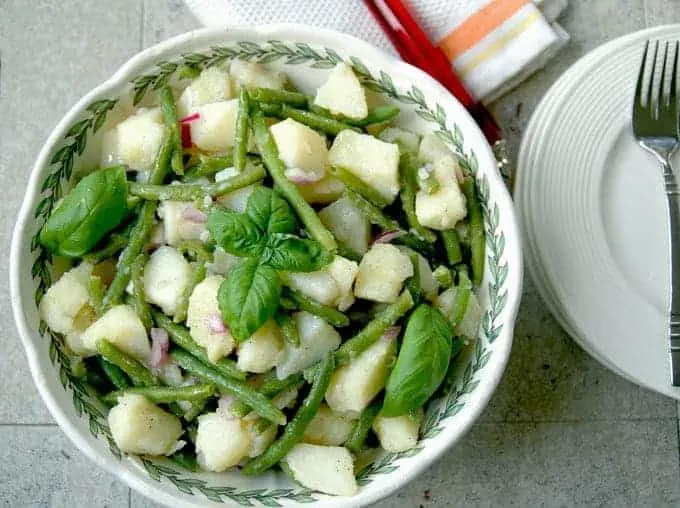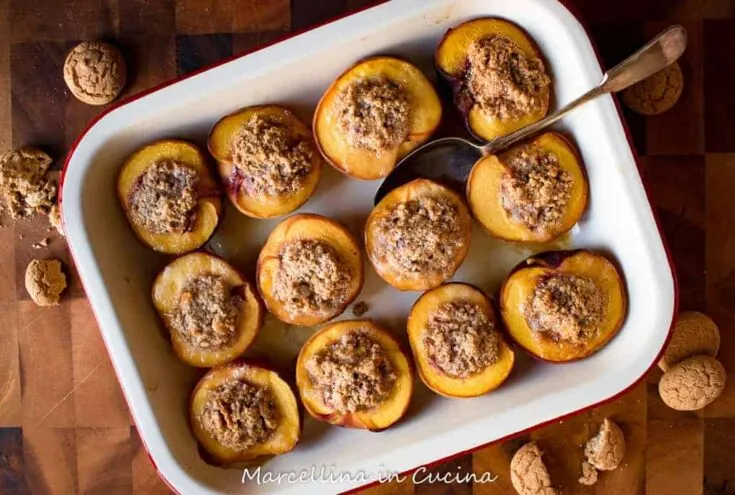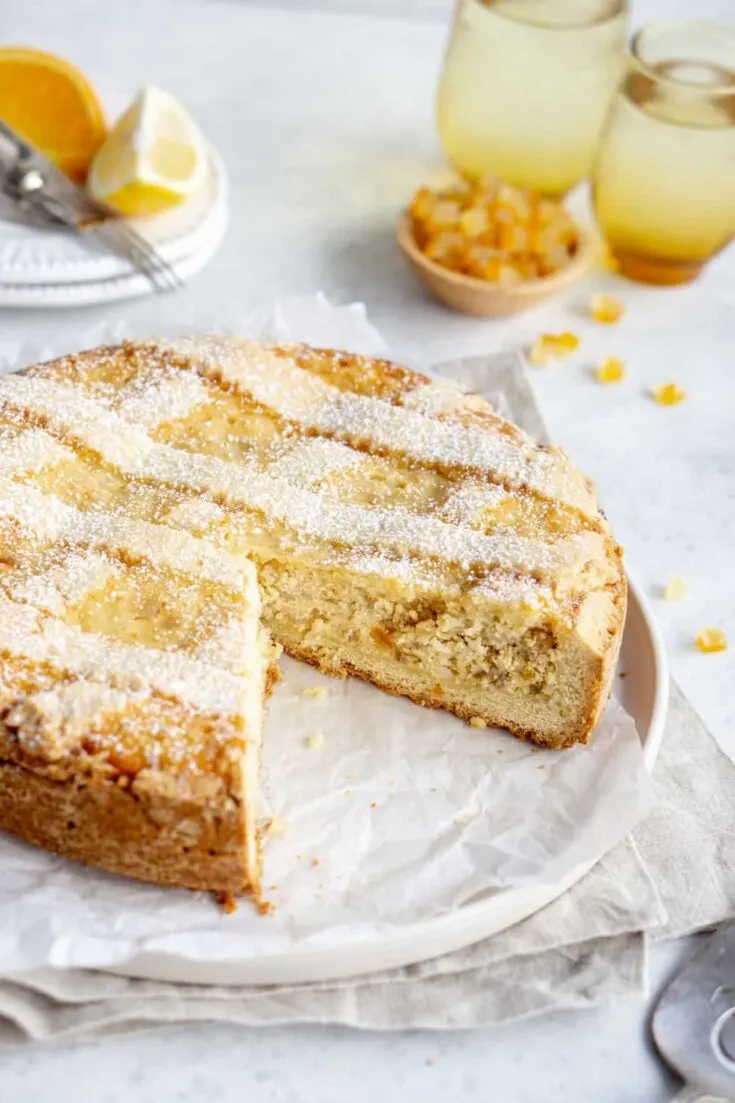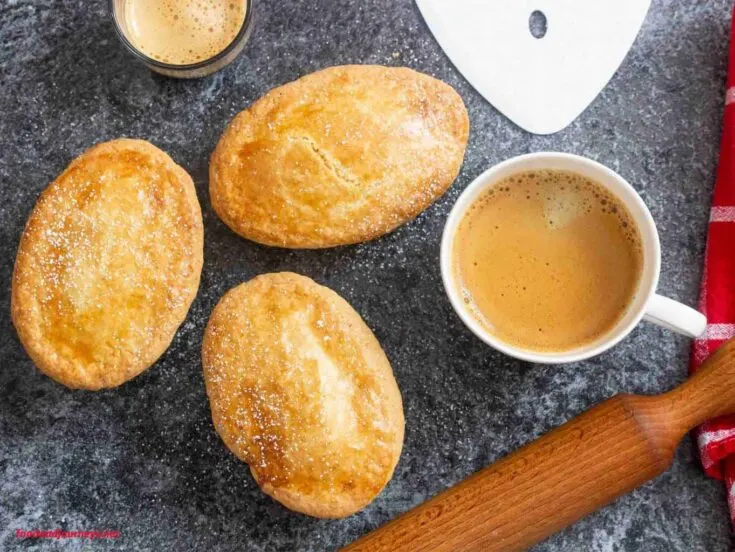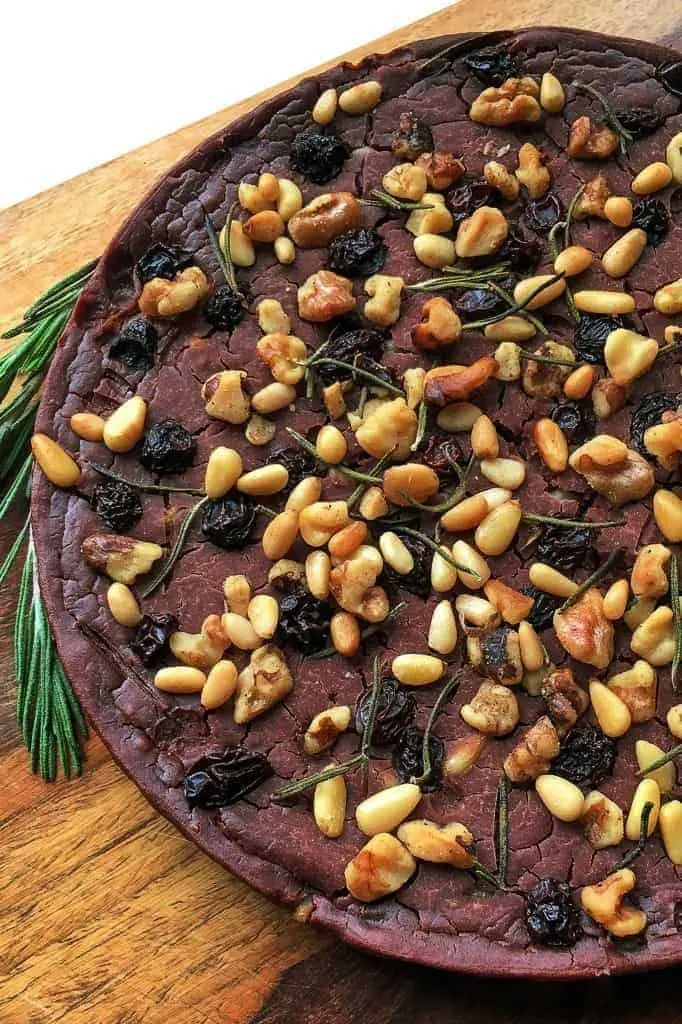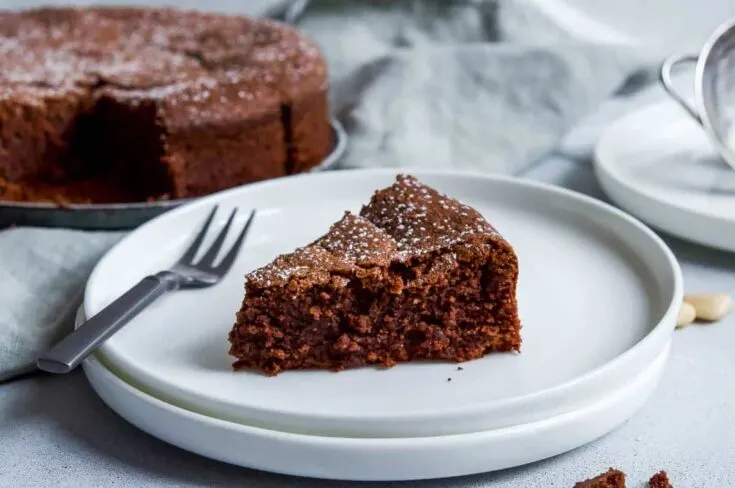Italian food makes us think of homely comfort food founded on deeply-rooted heritages with the highest regard for quality, fresh ingredients.
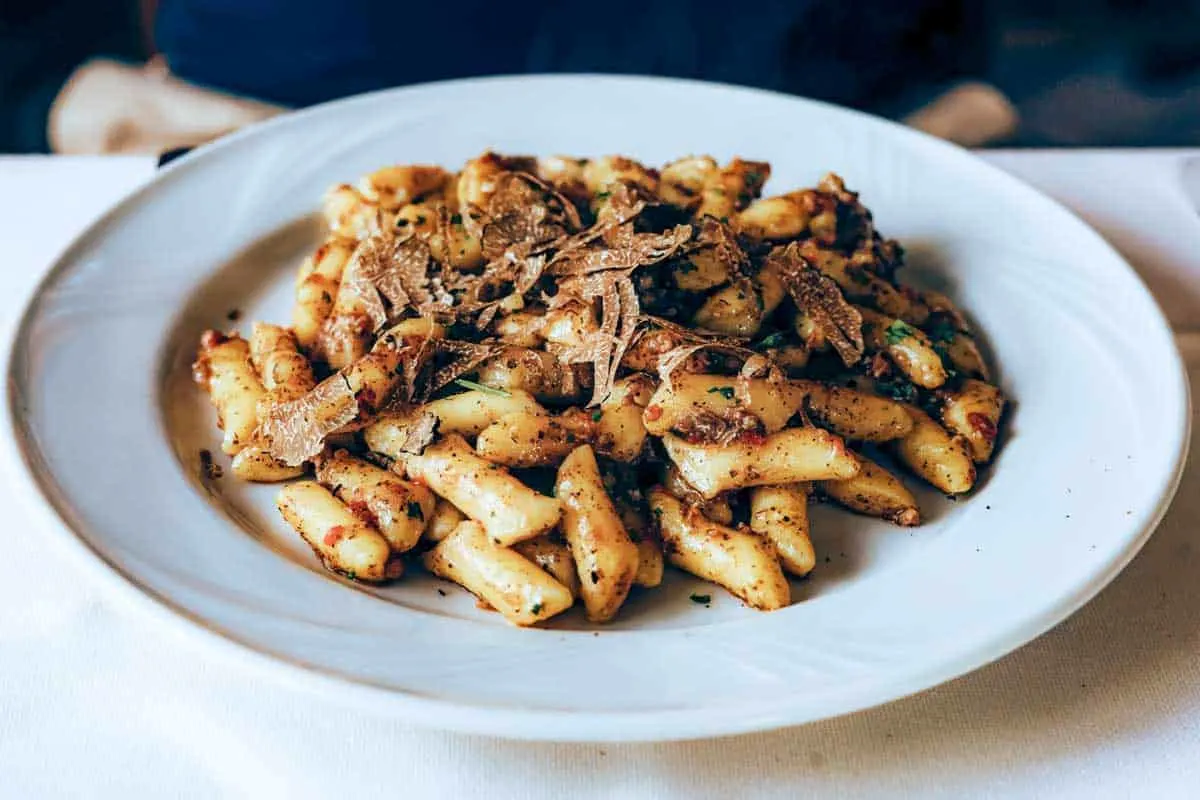
Italian cuisine, often celebrated for its simplicity over fancy culinary techniques, teaches us that the ingredients are king. Many of the best Italian dishes tend to have only a few main ingredients relying on the ingredient’s quality rather than any elaborate preparation techniques. It is here where many struggle with replicating traditional Italian food.
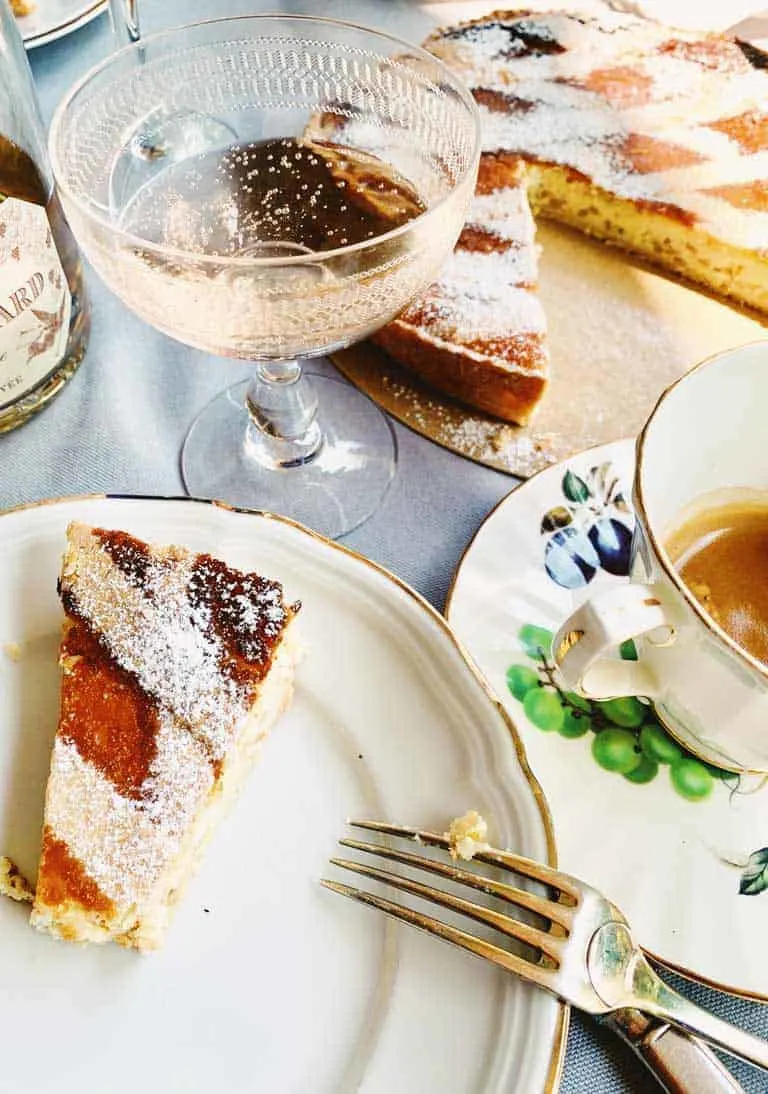
With roots dating back to the 4th century BC, Italian cuisine has an astounding regional diversity. Italy’s twenty regions’ varying geographical conditions, combined with local history and traditions, produce a fabulously diverse range of dishes and flavours.
We look to each region’s most celebrated produce to discover their most famous dishes. From the coastal areas of Liguria, Naples and the Amalfi Coast to Rome, Italy’s famous islands of Sardinia and Sicily, Emilia-Romagna, Piedmont, and Tuscany, to name a few – each region has deeply rooted culinary traditions which tell us the story of Italy.
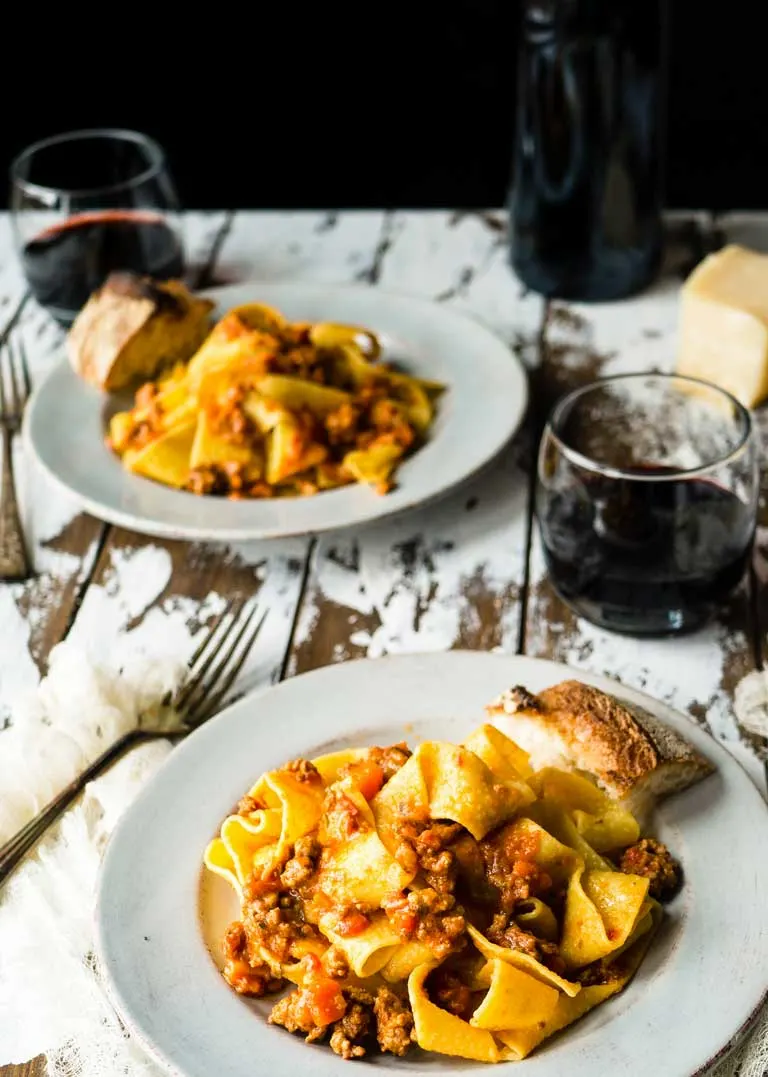
While there is nothing like the smell of fresh porcini mushrooms picked from the forests of Tuscany, the simplicity of a beautifully made bruschetta, or eating Pesto Genovese on the cliffs of Cinque Terre, it is possible to recreate traditional regional Italian dishes at home.
29 Traditional Italian Recipes
A big thank you to Claudia Tavani from Strictly Sardinia, who assisted me in the research for this list of recipes to ensure each is as authentic and true to tradition as possible.
Regional Italian Recipes to Make at Home
Mains, appetisers, desserts, and drinks, here is a list of traditional Italian recipes you can make at home from some of Italy's most famous food regions. Recipes that stay true to the Italian cooking style in the simplicity of preparation and highest regard for the ingredients' quality and freshness.
Transport yourself to Italy with these gorgeous regional Italian recipes and discover some of Italy's most time-honoured traditions.
Brasato al Barolo (Braised Beef Roast) | Piemonte Region
From the northwest region of Italy, Brasato al Barolo, a signature dish of Piemonte, takes two of the region's most famous and premium ingredients – a boneless cut of chuck roast from the prized Piedmontese breed of cattle and Barolo wine to create a dish often reserved for special occasions.
Slow-cooked in wine until meltingly tender, served over creamy polenta in its own rich gravy, you can see why Brasato al Barolo is also a much loved comfort food on a chilly night.
Gnocchi Alla Romana (Semolina Gnocchi) | Lazio, Rome
A dish from Rome, Gnocchi alla Romana is a typical Lazio dish, traditionally prepared on a Thursday. These soft discs of semolina are so easy to make: baked au gratin in butter, eggs, milk, and pecorino cheese for a light, fluffy finish with a golden crunch crust.
A great alternative to mashed or roast potatoes, you'll want to try these any day of the week, whether as a starter or a side dish.
Creamy Mushroom Pappardelle | Tuscany
Autumn in Tuscany heralds the famous porcini mushroom season. People come from all over the world for mushroom hunting in the forests and the many festivals that honour the celebrated fungi.
For a taste of Tuscany in autumn, Pappardelle ai Funghi e Panna, is a classic seasonal Tuscan pasta dish with hearty mushrooms and a light cream sauce. It's also a great Italian dish with a unique and delicate taste to make when you are short on time.
Malloreddus Alla Campidanese (Gnocchetti Sardi) | Sardinia
Malloreddus is a traditional Sardinian pasta, usually prepared for special occasions, festivals, or the Sunday family meal.
While the shell-shaped malloreddus may resemble gnocchi, they are made with durum wheat semolina and known for their sturdier or "toothier" finish.
Malloreddus alla Campidanese is an easy dish using a tomato, sausage and pecorino sauce for a wonderfully flavourful taste of Sardinia.
Traditional Bolognese Sauce | Emilia Romagna and City of Bologna
It needs no introduction as nearly everyone has their own secret recipe. However, it is in the beautiful region of Emilia Romagna and the city of Bologna, in the north of Italy where Bolognese sauce originated and, in this case, one could argue, the original recipe remains the best.
Bolognese sauce is just one reason Emilia-Romagna travel guides refer to the region as Italy's food bowl – that's good enough reason to visit, we think.
Cacio e Pepe | Lazio, Rome
From Rome, Lazio comes one of the most simple, elegant, and ancient dishes in Italian cuisine with only three ingredients. Cacio e Pepe which means "cheese & pepper", was a favoured dish with Roman shepherds as the three ingredients would keep for long periods.
One of the key secrets to this wonderfully creamy dish is starch from the pasta water - never, ever add cream, oil, or butter - then it's not authentic Cacio e Pepe.
Sa Panada | Sardinia
Sa Panada is one of the tastiest comfort foods of Sardinia. Called Panada in Italian or English, the concept is similar to an empanada you might find in South American countries where ingredients such as meat, potatoes and other vegetables are wrapped in a bread-like dough.
There are many different versions of Se Panda throughout Sardinia's towns and villages, mostly using various meats and potato. There are also traditional vegetarian versions and ones filled with locally caught eel. This version uses easy to find ingredients for a classic chicken and potato Sardinian Se Panada that is easy to make at home.
Italian Potato Focaccia Bread | Puglia
In the south, in the heel of the boot of Italy, is the region of Puglia. Potatoes are a popular ingredient in Pugliese cuisine and are commonly included in various bread recipes, one being focaccia.
Mashed potato is added to the dough, which, along with olive oil, creates a nice outer crisp. Enjoyed on its own as a snack, with a meal, or filled to make sandwich focaccia, you can add any ingredients to the dough, such as herbs and parmesan onion or olives.
Bagna Cauda | Piedmonte
Another dish from beautiful Piedmont is a testament to the culinary heritage and authenticity of the region.
Bagna Càuda is a slightly obscure dish that is neither appetiser nor main. The flavoursome, Italian dipping sauce served with vegetables and warm bread is a stand-alone meal traditionally shared with family and friends.
A robust combination of flavours using obscene amounts of garlic, anchovies, butter and olive oil come together to create a surprisingly balanced and utterly addictive dipping sauce.
Acquacotta Traditional Tuscan Soup
A traditional Tuscan soup originating from Maremma in southern Tuscany, Acquacotta translates to "cooked water". Quite a deceptive name for a hearty classic Italian bread soup. A peasant soup dating back to the Middle Ages, Acquacotta was eaten by farmers to sustain them through long cold days on the farm.
Initially, Acquacotta was a thrifty way to use up stale bread, making it more palatable when smothered in onions boiled in water, tomatoes and whatever vegetables and herbs were on hand or in season. As it is essentially a vegetable soup of leftovers, variations are boundless. Today, it is as rustic as ever but with an egg added to the steaming bowl to slow cook, a dressing of olive oil and pecorino cheese.
Pani Frattau | Sardinia
Many countries have a typical dish with tomato and egg; in Sardinia, it is Pani Frattau.
With the "never waste good food" ethos in mind, Sardinian shepherds invented Pani Frattau to use the old broken pieces of Sardinian Pane Carasau Bread.
The old pieces of wafer-thin, crispy flatbread are soaked in broth, topped with a thick tomato sauce, Sardinian pecorino cheese, and a poached egg.
Often compared with pizza or pasta, the dish is unique except in that it is similarly satisfying. Shepherds typically ate Pani Frattau at dinner time, but it also makes a fabulous brunch dish.
Pure di Fave e Cicorie (Fava Bean Puree) | Puglia
Puré di Fave e Cicorie – Fava Bean Puree with Chicory is a traditional antipasti dish of the Salento region of Puglia.
Most often served as an appetiser or a side, this healthy soul-satisfying dish captures the best of the Mediterranean diet in both simplicity and flavour.
A traditional Apulian peasant dish that reminds us how often Italian cuisine relies on the quality of the ingredient to create the best dishes over complicated cooking methods.
Fregola Con Arselle | Sardinia
Fregola con Arselle, or Fregula con Cocciulas in Sardinian, is one of the most popular pasta dishes in Sardinia.
Fregola is a Sardinian pasta made with just semolina flour and water, roughly worked with the fingers in a terracotta bowl; it is then toasted, giving it it's unique colours. The shape is like large couscous, which has a final consistency similar to a risotto.
Originating from the capital, Cagliari, Fregola con Arselle has only six ingredients and is surprisingly easy to make. The key to this recipe is in the quality of the ingredients - Quality olive oil, fresh clams, good tomatoes (fresh or tin), fresh parsley and a hint of chilli - it's that simple.
Maiale al Latte (Milk-braised Pork ) | Emilio Romagna
When people talk about Maiale al latte, a traditional milk-braised pork dish from Emilia-Romagna, everyone seems to agree; it is not the most beautiful dish, but it is one of the most delicious.
While you will come across variations of the recipe, the principal method is always the same. During the cooking process, the milk soaks up the meat juices and caramelises, separating into curds. The pork is incredibly tender with a delicate flavour, but it is these milk curds in what looks like a broken sauce that creates something very delicious indeed.
Gnudi (Ricotta Dumplings) | Tuscany
Gnudi are delightfully fluffy gnocchi-like dumplings from the Tuscany region made with ricotta, parmesan and semolina instead of potato.
While visually similar, the two dumplings are worlds apart. Gnudi are light, pillowy ricotta clouds, often finished in the simplest of sauces such as tomato or an aromatic butter sauce. In contrast, gnocchi is a starchy dumpling with a denser, chewier bite that can stand up to more robust sauces.
Arancini di Riso | Sicily
Arancini are a staple Sicilian snack – delicious fried rice balls typically filled with a slow-cooked ragù style meat sauce, mozzarella and or caciocavallo cheese and often peas. You may also come across and al burro version, filled with ham and mozzarella or besciamella (béchamel) sauce.
There are several regional Arancini variations with different fillings, shapes and names. The Arancini al ragù produced in eastern Sicily has a conical shape inspired by the volcano Etna. Whereas in Rome and Lazio, you will find a version by the name "Supplì".
Whichever name, shape or filling you choose, they're not as hard to make as you may think for a taste of Sicily at home.
Marinated Zucchini with Mint (Zucchine alla Menta) | Naples, Campania
From Naples, the capital of Campania, Zucchine alla Menta is another dish that requires few ingredients to make the most of seasonal produce. A simple salad of grilled and marinated zucchini (courgette) with mint, garlic, vinegar and oil. A beautiful side dish or antipasti addition.
Pappa al Pomodoro (Tuscan Bread Soup) | Siena, Tuscany
Pappa al Pomodoro is another wonderfully rustic Tuscan bread soup steeped in tradition with variations handed down through generations.
Specifically from Siena in Tuscany, the peasant soup was originally made to use stale, leftover bread. Using just tomatoes, garlic, basil and an abundance of olive oil to create a wholesome and hearty dish.
There are no wrong or right variations of this dish, but the foundation remains. An excellent soup in winter, it can also be served at room temperature as a summer dish.
Italian Potato Salad with Green Beans | Naples, Campania
From Naples in the Campania region, Insalata di Fagioli e Patate, a simple yet fresh Italian potato salad with green beans. The potatoes' softness with the crunch of green beans (they must remain al dente) are what make this salad delicious.
Finished with a vinaigrette dressing, the salad makes a great side dish to fish and a much fresher alternative to American style potato salads.
Limoncello (Lemon Liqueur) | Amalfi Coast, Campania
The origins of Limoncello, a sweet, tart, refreshing liqueur, are uncertain. Sorrento, Amalfi, and Capri in the region of Campania have all laid claim since the beginning of the 20th century. Some date it back to fisherman, farmers and monks in the Middle Ages.
One thing is sure; the original drink is made with a specific type of lemon – Lemons with thick skin, rich with essential oils, fragrant with a strong aroma – a kind of lemon that grows on a particular stretch of the Amalfi Coast and the island of Capri.
You don't have to go to the Amalfi Coast to make authentic limoncello; this recipe is a simple step-by-step guide to making your own limoncello at home. All you need is lemons, grain alcohol, sugar, water and lots of time.
Sicilian Lemon Granita
Originally from Sicily, granita is probably the most popular summer frozen dessert in Italy after gelato. In Sicily, granita is served with soft brioche for a refreshing snack or even breakfast.
While similar to sorbet, granita has a distinctive icy texture. Sicilian Lemon granita is one of the most refreshing on a hot day and so easy to make. Only 3 ingredients and minimal effort.
Sardinian Cheese And Honey Pastries
Seadas are the most popular traditional Sardinian dessert. A dessert typical of pastoral tradition - shepherds would use the cheese they produced for the filling and easy to find ingredients such as flour. The dish was initially a main course, often prepared by Sardinian women as a celebratory main dish – they were savoury and much larger.
Over the years, Seadas reduced in size and honey was added to become a popular sweet dessert.
Enjoy Seadas piping hot while the cheese is still melting and stringy, and use good quality honey to drizzle over the top.
Baked Peaches with Amaretti | Piedmonte
From Piedmont, Amaretti Baked Peaches are a super quick Italian dessert. A simple, rustic dish that transports us to the small family restaurants of Italy.
Other than sweet seasonal peaches, the key ingredient here is the Amaretti biscuit traditionally served with liqueurs, dessert wines or coffee. They are also a staple ingredient for many traditional desserts.
The biscuit is flavoured with bitter almonds using ground almonds and almond paste. "Amaro" means bitter in Italian, so the literal translation is "little bitter ones" – Not to be confused with the liqueur Amaretto, made from apricot pits.
Pastiera Napoletana | Naples, Campania
One of the oldest and most traditional Italian Easter desserts, Pastiera Napoletana (Neapolitan ricotta cheese Easter pie), as the name suggests, originated in Naples but is now widely known throughout Italy.
The ricotta wheat pie, which has gorgeous citrus, orange blossom, and vanilla flavours, tastes better after sitting for a few days. This is why traditionally, it is cooked no later than Good Friday to ensure the ingredients have enough time to infuse before Easter Sunday.
Like every regional recipe, this Easter dessert recipe will vary from family to family. Some use rice instead of wheatberries (Grano Cotto) and cream instead of ricotta, but one thing is sure, it wouldn't be an Italian Easter without one.
Pignoli | Sicily
Pignoli (or Pignolo) are soft and moist cookies from Sicily made with pine nuts, honey and almond paste.
While a Sicilian confection in origin, they are common in bakeries throughout southern Italy and very popular with Sicilian communities in the United States.
The light golden cookie studded with pine nuts (also called pignoli) is soft and chewy similar to an almond macaroon. Because almond paste and pine nuts are expensive ingredients, Pignoli are a popular Italian Christmas biscuit as they are considered a luxury food. For this reason, they are also a popular edible Christmas gift.
Pasticciotto (Cream Filled Pastry) | Lecce, Puglia
A typical Italian pastry with many regional variations, but its origins are firmly in the province of Lecce, dating back to the town of Galatina in Lecce as early as 1745 – the city of Lecce claimed the Pasticciotto its typical cake. You will find the traditional custard filling per this recipe in the Lecce province, where it is typically eaten for breakfast.
Whereas in Sicily, you can expect to find ricotta fillings and an interesting meat version of Pasticciotti di Carne in the Sicilian town of Patti. It is made with ground veal and almonds and dusted with sugar, similar to the Moroccan Pastilla, which combines meat fillings with sugar.
Almond, chocolate, and fruit are also used, such as the Pasticciotto Napoletano, which uses cherries.
Castagnaccio (Chestnut Flour Cake) | Tuscany
Castagnaccio is a traditional rustic chestnut flour cake typically served in the fall and winter months following the annual chestnut harvest. The ancient Tuscan dessert, referred to as Tuscan Chestnut Cake, is also found in Liguria, Piedmont, Emilia-Romagna, and Venetia regions.
The autumnal cake, made with a dough of chestnut, water, olive oil, pine nuts, and raisins, has a deep, rich, earthy flavour, quite unlike typical cakes and desserts found elsewhere. The recipe does not rely on any sweeteners, using only the addition of dried fruit to sweeten the cake.
Tiramisu | Lecce, Apulia
Tiramisù, which translates to "pick me up" or "cheer me up", is a relative newcomer to Italian cuisine, and it's origins dubious at best.
The much-loved coffee-flavoured Italian dessert only appeared in the '60s and '70s, yet no one knows where it originated. The word "Tiramisu" didn't appear in cookbooks until 1980 in Italian and 1982 in English.
Neighbouring regions of Veneto and Friuli Venezia Giulia both have accounts of the invention of the dessert several decades apart. Some also claim the dessert had an aphrodisiac effect and was served in brothels in Treviso. Perhaps this is where the name with its cheery translations derived?
While Tiramisu is yet to confirm its origins, it is adopted regionally with variations such as the Baileys' addition in this recipe from Lecce. But an authentic Tiramisu should never use cream or cream cheese - always eggs and mascarpone.
Torta Caprese (Flourless chocolate cake) | Island of Capri
Torta Caprese, the famous chocolate cake from the Island of Capri (also a very popular dessert in Naples), seems to have found its place in history by way of a mistake.
The stories surrounding the origins of the deliciously rich flourless chocolate cake all have a similar theme; the baker forgot to add the flour or did not know the recipe, so substituted with what they knew - almond meal. It is often referred to as "Uno dei pasticci più fortunati della storia" – one of history's most fortunate mistakes.
The resulting delicacy is a soft cake with a fudgy, crunchy outside which is delicate in taste and extremely simple in its preparation.


